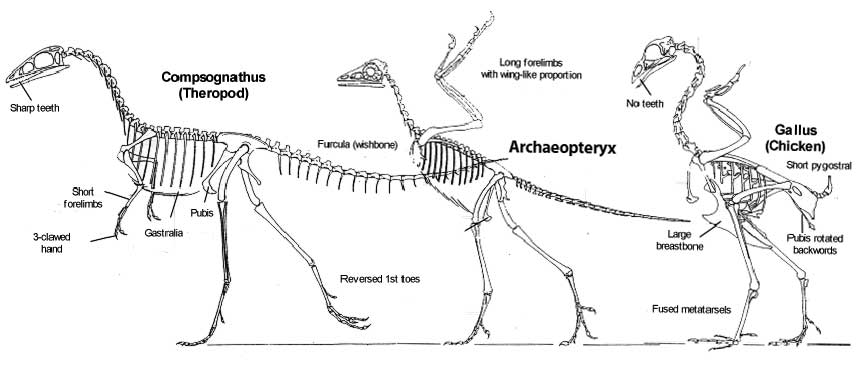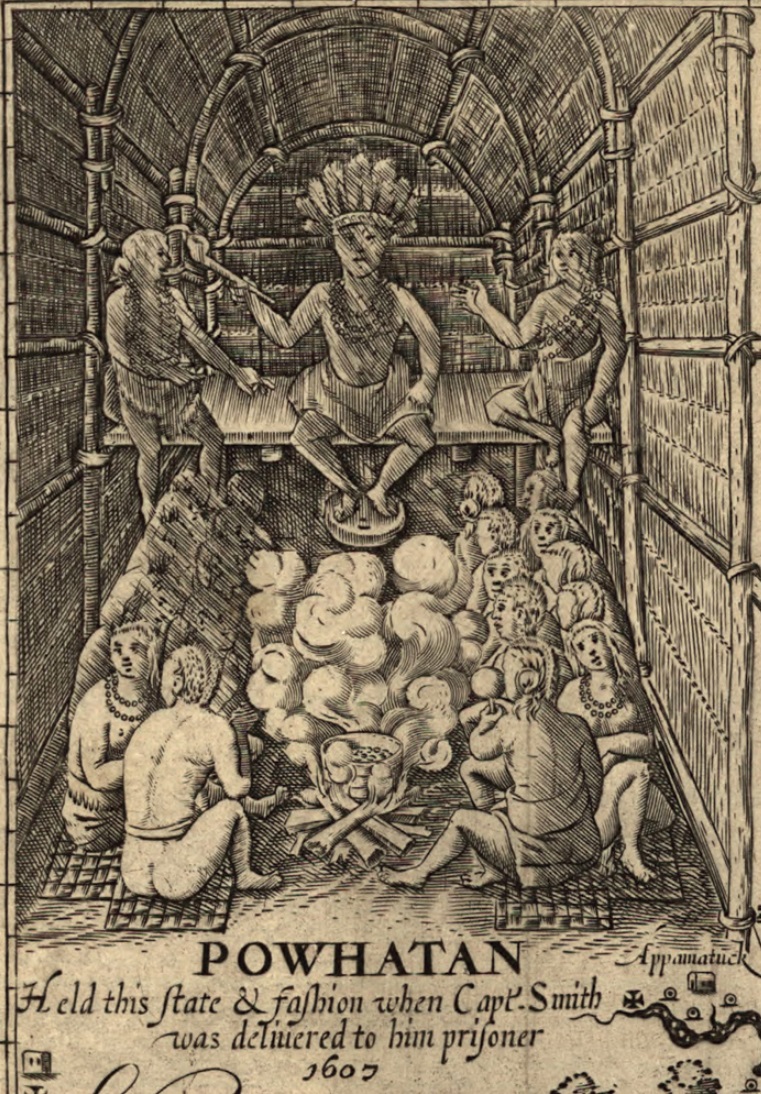Jerry Coyne is currently a professor of biology at the University of Chicago in the Department of Ecology and Evolution. Already the author of a standard biology text Speciation
(2004), Coyne set out in 2009 to publish Why Evolution Is True, a non-technical summary
of the evidence supporting the theory of evolution. Coyne became interested in writing such a text
while following a 2005 case, Kitzmiller et al. vs. Dover Area School District et al. Certain
religiously motivated members of the Dover School Board insisted that Intelligent
Design (a form of biblical creationism) be offered as an
alternative to students in biology classrooms. In the ensuing controversy, two
board members resigned and biology instructors in the district refused to read
to students the board's resolution concerning Intelligent Design as a
scientifically viable alternative to biology. Eleven parents of Dover students
took the district to court based on what they saw as religious instruction in
public schools and therefore a
violation of the Establishment
Clause of the First Amendment.
Dr. Jerry A. Coyne. Source: http://news.harvard.edu/gazette/story/2012/05/the-whys-of-religion-vs-evolution/)
In his ruling in the Kitzmiller case, Judge John Jones III
stated that while "Darwin's theory of evolution is imperfect...the fact
that a scientific theory cannot yet render an explanation on every point should
not be used as a pretext to thrust an untestable alternative hypothesis ground
in religion into the science classroom (Coyne, xiii). "
Although
Coyne and other biologists celebrated the ruling, they understood the fight
between evolutionary biology and Intelligent Design was hardly settled. Creationists
are indefatigably opposed to Darwinian evolution in biology texts and
classrooms without the creationist alternative pedagogy made similarly
available. It was in this context that Coyne prepared his 2009 bestseller, Why
Evolution Is True.
Coyne first objective in this book is to explore what precisely the term "evolution" represents. Since so many
aspects of evolution have become misstated and conflated (in the media especially, no doubt
some of which through sophistry), Why
Evolution Is True begins with a definition of what evolution
purports. "Life on earth," Coyne argues, "evolved gradually
beginning with one primitive species—perhaps a self-replicating molecule—that
lived more than 3.5 billion years ago; it
then branched out over time, throwing off many new and diverse species; and the
mechanism for most (but not all) of evolutionary change is natural selection
(Coyne, 3)."
The formal study of evolution can be traced back to Charles Darwin's world-altering On the Origin of Species by Means of Natural Selection, or the Preservation of Favoured Races in the Struggle for Life (1859). Today, Darwin’s magnum opus is known more colloquially as On the Origin of Species.
19th century printing of The Origin of Species. Source: http://www.nhm.ac.uk/resources-rx/images/1015/origin-of-species-book_114888_1.jpg
Through the majority of the nineteenth century, most scientists were also creationists. At the time, being a creationist and being a life scientist (natural philosopher) was not a contrary position to hold. Enlightenment thinking had it that while God very much existed (for most thinkers), He was seen more as a Divine Clock-maker, setting the mechanisms of life in motion according to regular laws that could be understood by mankind through the faculties of reason. The beauty and regularity of the laws of natural world, according to this paradigm, gave credence to an Intelligent Designer. However, Darwin's work cleaved a divide between creationism and evolutionary science that continues today. Obviously, omnipotence cannot allow for design failure or even the gradual change of species, which would admit flaws that had to be corrected over time, or in some cases, "dead ends." Fossil finds like that of the feathered dinosaur Archaeopteryx in 1861 were were keystone findings that increased support of the Darwinist model to explain the changes in species over time. This is not the kind of evidence one expects to find in a instantly complete and "celestially" imparted creation.
Through the majority of the nineteenth century, most scientists were also creationists. At the time, being a creationist and being a life scientist (natural philosopher) was not a contrary position to hold. Enlightenment thinking had it that while God very much existed (for most thinkers), He was seen more as a Divine Clock-maker, setting the mechanisms of life in motion according to regular laws that could be understood by mankind through the faculties of reason. The beauty and regularity of the laws of natural world, according to this paradigm, gave credence to an Intelligent Designer. However, Darwin's work cleaved a divide between creationism and evolutionary science that continues today. Obviously, omnipotence cannot allow for design failure or even the gradual change of species, which would admit flaws that had to be corrected over time, or in some cases, "dead ends." Fossil finds like that of the feathered dinosaur Archaeopteryx in 1861 were were keystone findings that increased support of the Darwinist model to explain the changes in species over time. This is not the kind of evidence one expects to find in a instantly complete and "celestially" imparted creation.
Fossil of Archaeopteryx. Source: http://static.guim.co.uk/sys-images/Guardian/Pix/pictures/2009/2/5/1233857620698/Archaeopteryx-fossil-001.jpg
Artist rendering of Archaeopteryx. Source: http://www.search4dinosaurs.com/jm_large_archeopteryx.jpg
Darwin's On the Origins of Species is
significant, Coyne continues, because it "provided an alternative
hypothesis for the development, diversification, and design of life (Coyne, 17)." However, Coyne concedes, the actual evidence for Darwin's
theories at the time was compelling but not "completely decisive."
Since Darwin’s time, the evidence for evolution has become so staggering (and
tested repeatedly, in accordance with the scientific method) that it is
not a matter among biologists of whether evolution is a fact or not (evolution
is like gravity in this sense), but rather in how the details of evolution transpire.
 |
| Skeletal comparison of Compsognathus, Archaeopteryx, and Gallus. From: https://pterosaurheresies.wordpress.com/2011/12/18/the-origin-of-archaeopteryx-illustrated/ |
1) Since there are fossil remains of ancient life, we should be able to find some evidence for evolutionary change in the fossil record.
2)
We should be able to find some cases of speciation in the fossil record, with
one line of descent dividing into two or more.
3)
We should be able to find examples of species that link together major groups
suspected to have common ancestry, like birds with reptiles, and fish with
amphibians.
4)
We should expect that species show genetic variation for many traits (otherwise
there would be no possibility of evolution happening).
5) Imperfection
is the mark of evolution, not of conscious design. We should then be able
to find cases of imperfect adaptation, in which evolution has not been able to
achieve the same degree of optimality as would a creator [italics mine].
6) We should be able to
see natural selection acting in the wild (Coyne, 18).
Coyne
spends the next two chapters, "Remnants: Vestiges, Embryos and Bad
Design," and "The Geography of Life," to show that in fact, all
six of these testable predictions have been found both in the fossil record as well as in extant animals and plant
systems. Of particular significance to understanding how evolution works
is to grasp the notion of what Coyne calls "chance and lawlessness,"
which can also be seen as the "imperfection" of the fifth tenet of
testable predictions mentioned earlier. "One cannot understand
evolution," Coyne writes, "without grasping its unique interaction
between chance and lawlessness...an interaction that...is critically important
to understanding the idea of natural selection (Coyne, 110)." Not to mention
understanding evolution's confrontational juxtaposition to Intelligent Design.
And why has Intelligent
Design held such inexorable sway, despite the voluminous and repeatedly tested evidence
in support of evolution? The answer may be more subversive than it initially appears.
“Everywhere we look in nature,” Coyne writes, “we see animals that seem beautifully designed to fit into
their environment, whether that environment be the physical circumstances of
life…or other organisms that every species must deal with (Coyne, 116) [italics in
original].” This line of logic, however, is what was so flatly refuted, and in
fact given secular explanation,
by Darwin’s On the Origins of Species.
The ways in which organisms seem so "intelligently” designed for the
environment can be explained by the concept of natural
selection.
Assorted adaptation of Galapagos Island finches collected by Charles Darwin. Source:
“Evolution by [natural] selection,” Coyne states, “…is a combination of randomness and lawfulness. There is first a ‘random’ (or “indifferent”) process—the concurrence of mutations that generate an array of genetic variants, both good and bad; and then a ‘lawful’ process—natural selection—that orders this variation, keeping the good and winnowing the bad (Coyne, 118). So while there is “indifference” in the randomness of potential mutations, evolution is certainly not based on “chance,” a charge frequently leveled at it by creationists. A lawful filtering of the fitness of those mutations governs the success or failure of an organism in its environment. Coyne cites another famous biologist, Richard Dawkins, who defined the process of natural selection as “the non-random survival of random events (Coyne, 119).”
The process of mutation, "natural selection" and reproduction. Source: http://freethinkerperspective.blogspot.com/2012/07/how-natural-selection-selects.html
Coyne's book also examines the role of common ancestry as well as homo-sapiens position within the grander scheme of evolution. If you, Constant Reader, are truly interested in learning more about the macro processes of evolution and natural selection, you would be well served to read
Source: Coyne, Jerry A. Why Evolution is True. New York: Penguin Group, 2009.









